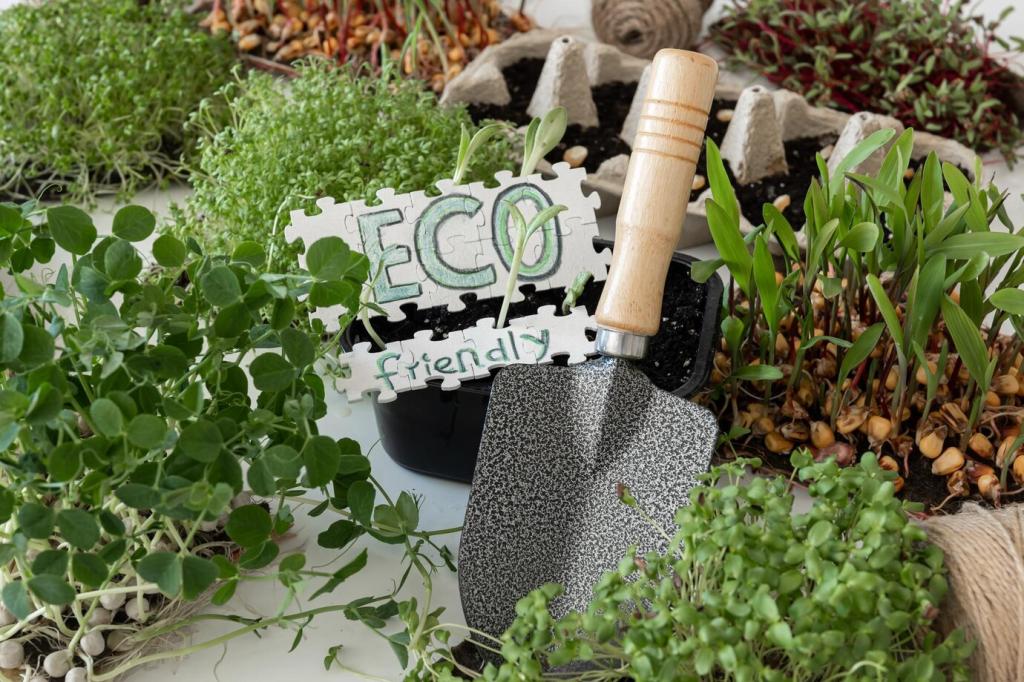Why Green Roofs and Living Walls Matter Now
Green roofs shade membranes and evaporate water, softening rooftop temperatures and easing indoor cooling loads. Living walls insulate facades from wind and direct sun, trimming energy peaks. Together, they reduce the urban heat island effect and make summer afternoons more bearable for people, pets, and plants alike.
Why Green Roofs and Living Walls Matter Now
Plant-covered roofs slow stormwater, letting substrate and roots drink and hold rainfall before gently releasing it. That delay lightens pressure on drains during cloudbursts and can cut runoff volumes significantly. Pair a roof with cisterns to harvest irrigation water, turning a storm into tomorrow’s resilient greenery.




